Exhibition: Hermann Mahl – Autochrome
Special Opening on May 11th from 11am to 5pm
Exhibition
Hermann Mahl – Autochrome
May 12th – June 13th:
Tuesday-Friday 3-7 pm
Saturday 10 am – 12 pm
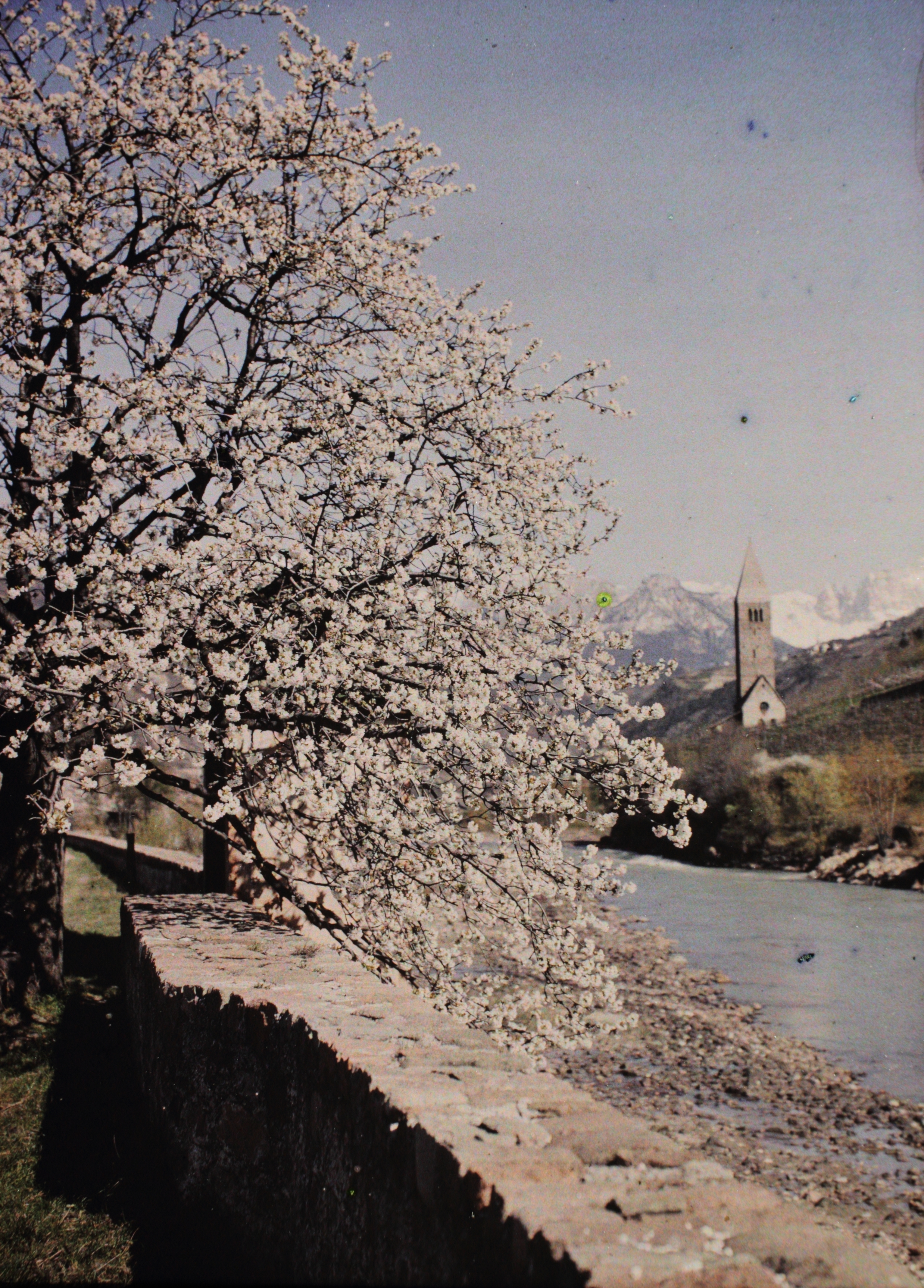
HERMANN MAHL – “AUTOCHROME”, EXHIBITION AT FOTO FORUM, BOLZANO/BOZEN (ITALY) 11.3. – 10.4.20
After returning from the military service around 1883, Hermann Mahl (1860-1944) passionately devoted himself as a self-taught and amateur photographer to the creation of “slides” which he then presented in the rooms of the Bruneck bourgeoisie. Mahl worked mainly with photographic glass plates in 13×18 cm and 9×12 cm format. Before the end of the century he got hold of a second photographic device, which was most likely portable, and for the production of photographs he also used celluloid film mostly in 6×9 cm format.
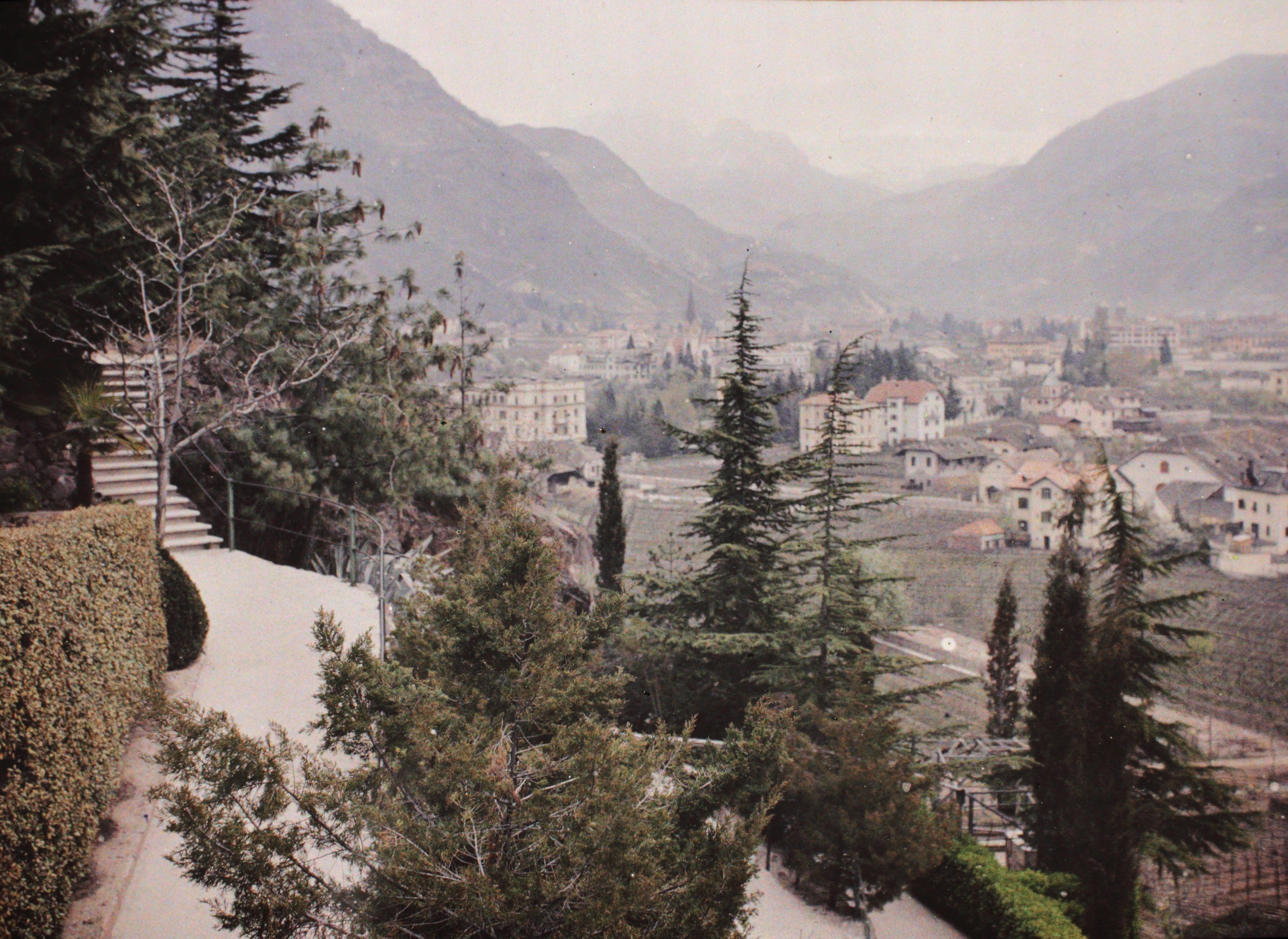
HERMANN MAHL – “AUTOCHROME”, EXHIBITION AT FOTO FORUM, BOLZANO/BOZEN (ITALY) 11.3. – 10.4.20
On June 10th, 1907 in Paris, the inventors the “Lumière brothers of Lyon” presented the first color photographs achieved through the “Autochrome” process to the public. Only four months later in October, 1907, Hermann Mahl held his first color photography exhibition in his library in Via Centrale in Bruneck, and he used the same “Autochrome” process by the Lumière brothers. How Mahl came to know about these “revolutionary” color photographic plates is unknown. It is certain, however, that as a representative of the educated bourgeoisie of the Bruneck area, he was open to the world and interested in art, and had traveled extensively in previous years and evidently maintained good contacts with the European artistic and photographic environments of the time. Thanks to the Autochrome plates (silver bromide photographic plates) you can create an image on glass with a single shot, direct and positive in the right colors.

HERMANN MAHL – “AUTOCHROME”, EXHIBITION AT FOTO FORUM, BOLZANO/BOZEN (ITALY) 11.3. – 10.4.20
The decade preceding the outbreak of the First World War was a period of change, which was also marked by the negative sides of technological civilization. Mahl’s autochrome photographs of
landscapes illustrating the seasonal transitions reflects freezing time and the preservation of a world considered intact that was about to disappear. It was above all the alpine environment that was synonymous with nature and freedom, and symbolized the distance from city life which became increasingly frenetic. Landscapes were one of Hermann Mahl’s favorite subjects, especially the mountains surrounding the basin of Bruneck and those of the Val Badia, as well as different views of the cities of Bruneck and the surroundings. Some of these images served among other things as originals for postcards and illustrations in newspapers and for other typographical products, such as tourist guides. Another important area is represented by family photographs and group photographs of friends and acquaintances.
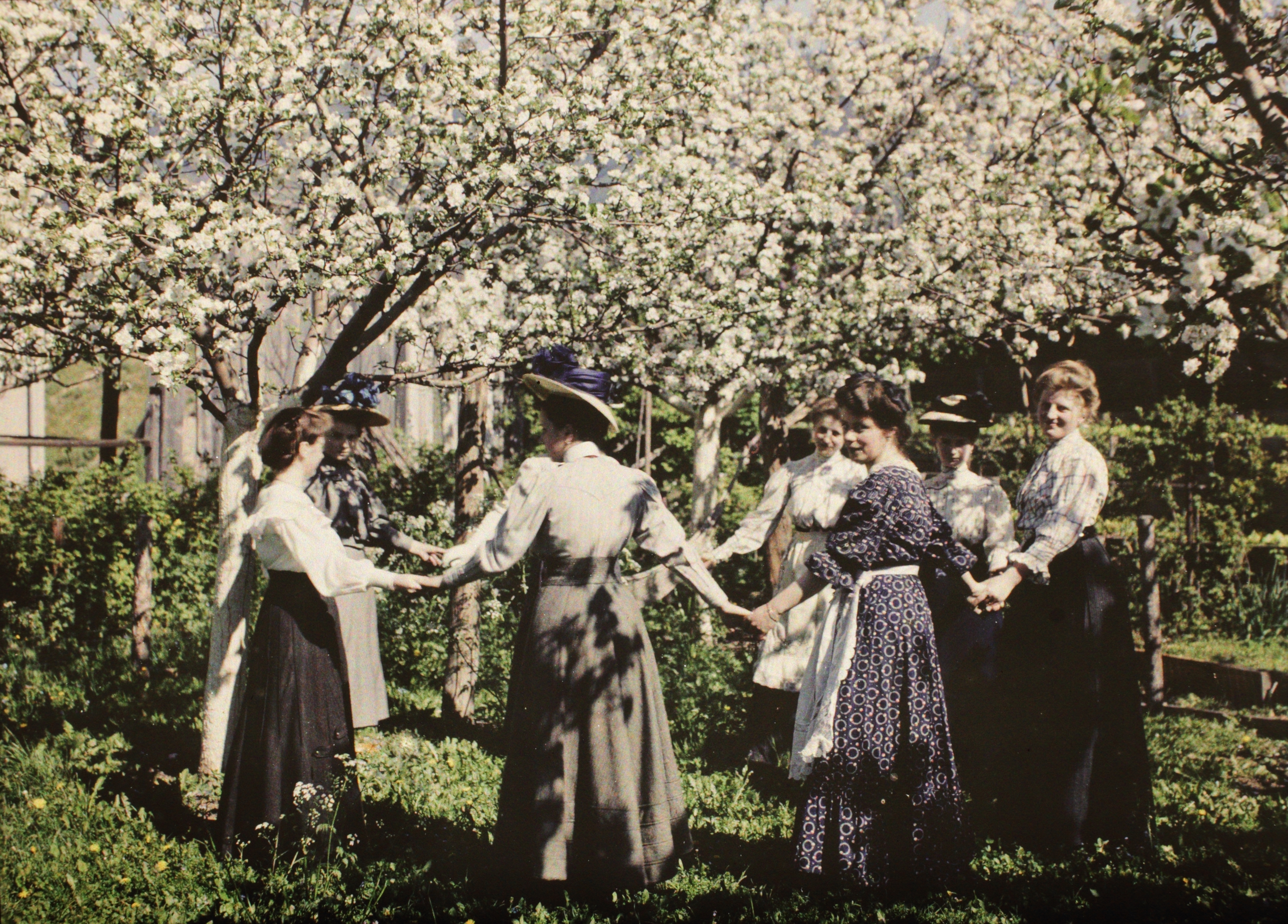
HERMANN MAHL – “AUTOCHROME”, EXHIBITION AT FOTO FORUM, BOLZANO/BOZEN (ITALY) 11.3. – 10.4.20
Hermann Mahl was born in 1860, son of Johann Georg Mahl, the typographer and pro tempore mayor of Bruneck. He completed a four-year apprenticeship in his father’s company before continuing his training as a typographic composer in Munich, Linz, Hamburg and other places. In 1879 he completed his itinerant apprenticeship in Stuttgart. After his military service he worked as a technical director in the printing press in Bruneck. Upon the death of his father, he took over the management of the entire company and continued his activity even after the end of the First World War and the collapse of the Habsburg monarchy. In 1934 Hermann Mahl solemnly celebrated 60 years of professional activity. He died in 1944 at the age of 84.

HERMANN MAHL – “AUTOCHROME”, EXHIBITION AT FOTO FORUM, BOLZANO/BOZEN (ITALY), Exhibition view: Claudia Corrent, foto forum
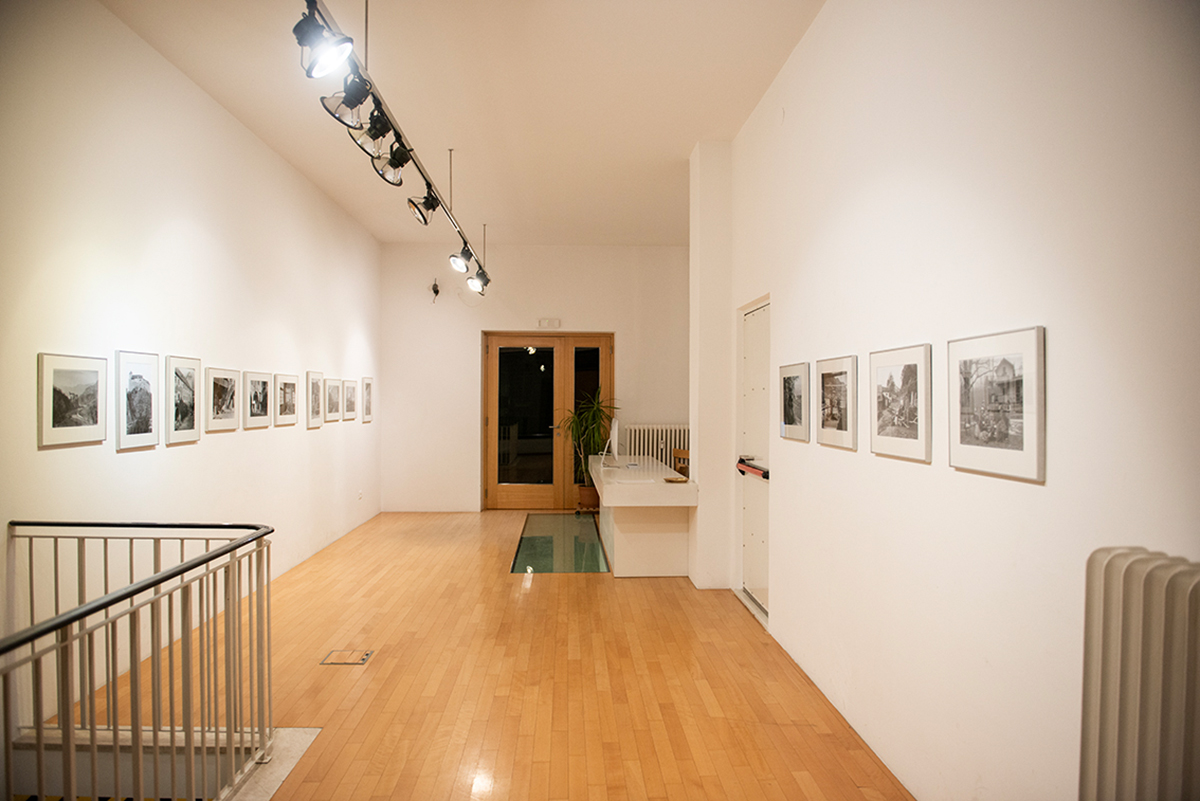
HERMANN MAHL – “AUTOCHROME”, EXHIBITION AT FOTO FORUM, BOLZANO/BOZEN (ITALY), Exhibition view: Claudia Corrent, foto forum

HERMANN MAHL – “AUTOCHROME”, EXHIBITION AT FOTO FORUM, BOLZANO/BOZEN (ITALY), Exhibition view: Claudia Corrent, foto forum

HERMANN MAHL – “AUTOCHROME”, EXHIBITION AT FOTO FORUM, BOLZANO/BOZEN (ITALY), Exhibition view: Claudia Corrent, foto forum
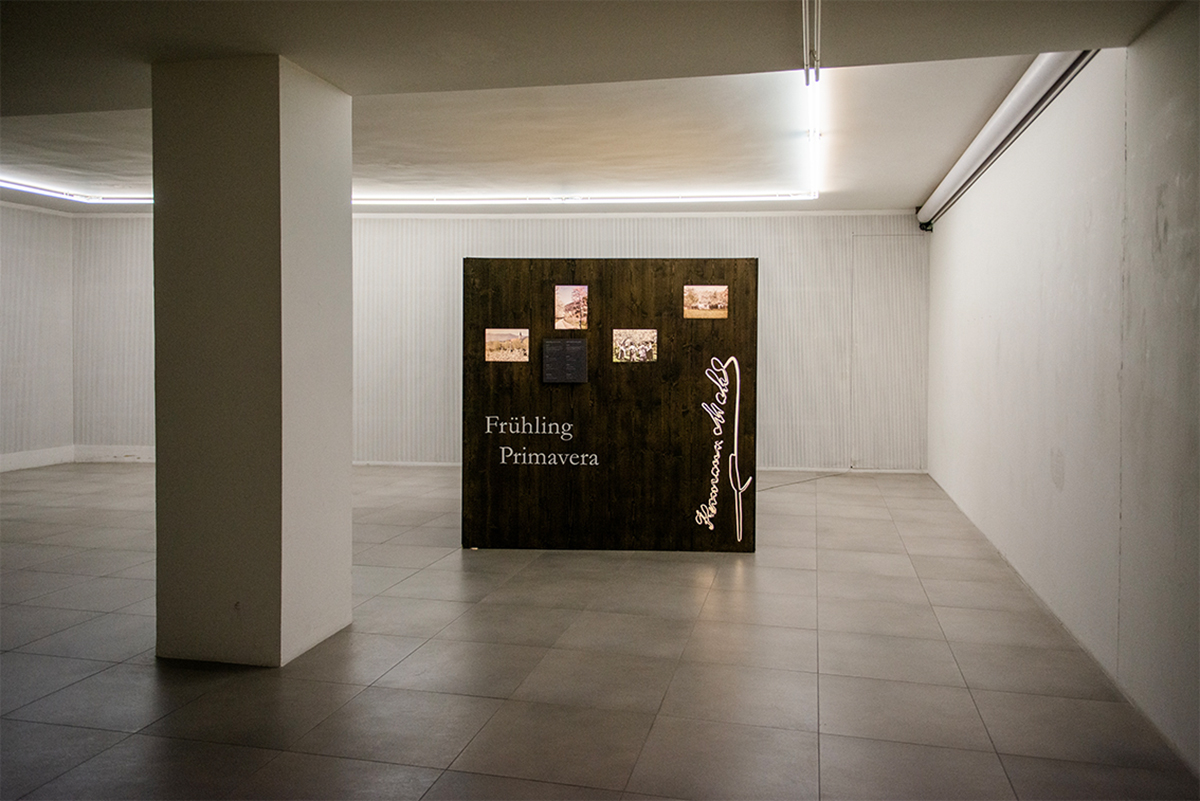
HERMANN MAHL – “AUTOCHROME”, EXHIBITION AT FOTO FORUM, BOLZANO/BOZEN (ITALY), Exhibition view: Claudia Corrent, foto forum
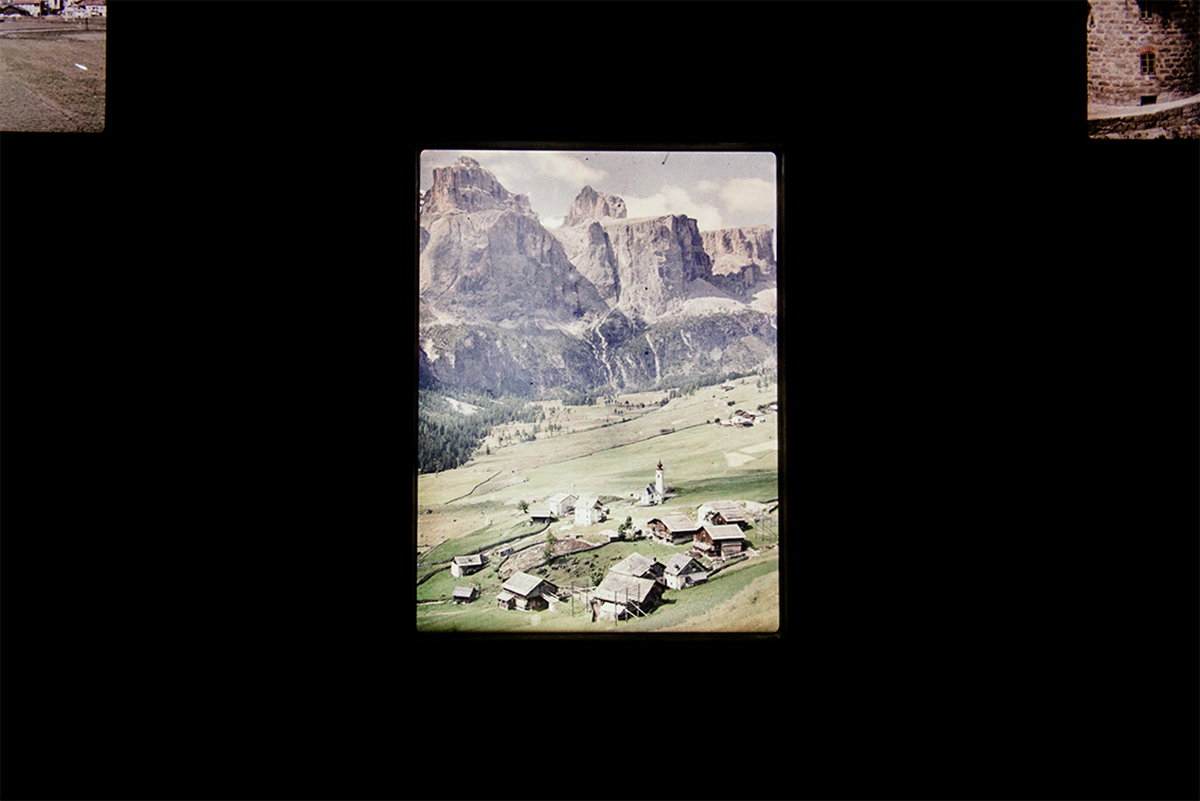
HERMANN MAHL – “AUTOCHROME”, EXHIBITION AT FOTO FORUM, BOLZANO/BOZEN (ITALY), Exhibition view: Claudia Corrent, foto forum

HERMANN MAHL – “AUTOCHROME”, EXHIBITION AT FOTO FORUM, BOLZANO/BOZEN (ITALY), Exhibition view: Claudia Corrent, foto forum
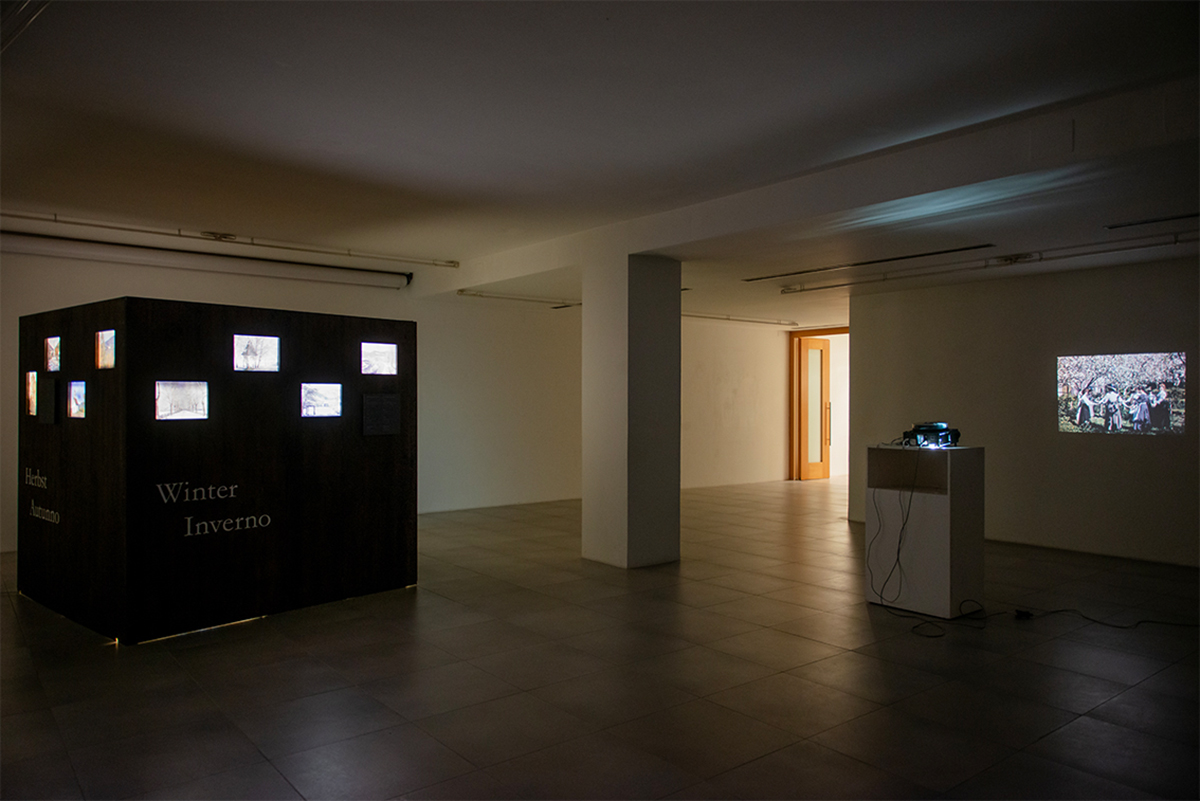
HERMANN MAHL – “AUTOCHROME”, EXHIBITION AT FOTO FORUM, BOLZANO/BOZEN (ITALY), Exhibition view: Claudia Corrent, foto forum
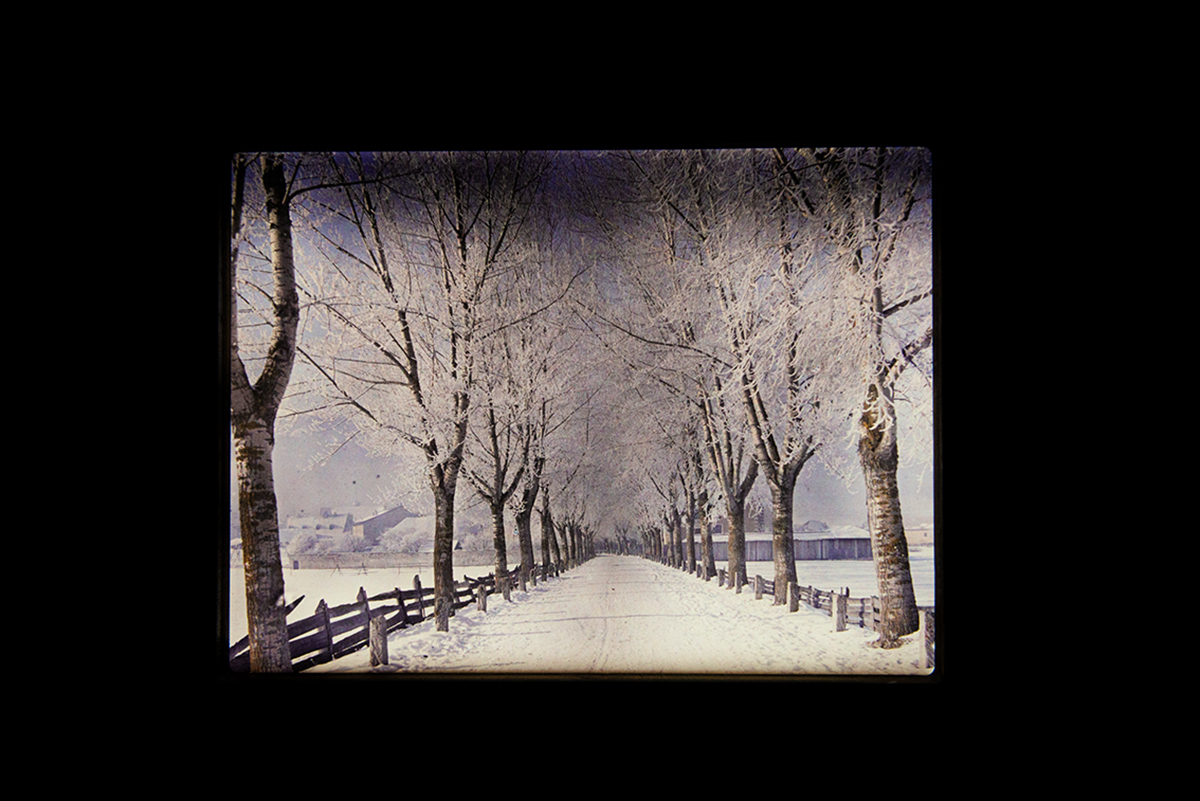
HERMANN MAHL – “AUTOCHROME”, EXHIBITION AT FOTO FORUM, BOLZANO/BOZEN (ITALY), Exhibition view: Claudia Corrent, foto forum

HERMANN MAHL – “AUTOCHROME”, EXHIBITION AT FOTO FORUM, BOLZANO/BOZEN (ITALY), Exhibition view: Claudia Corrent, foto forum
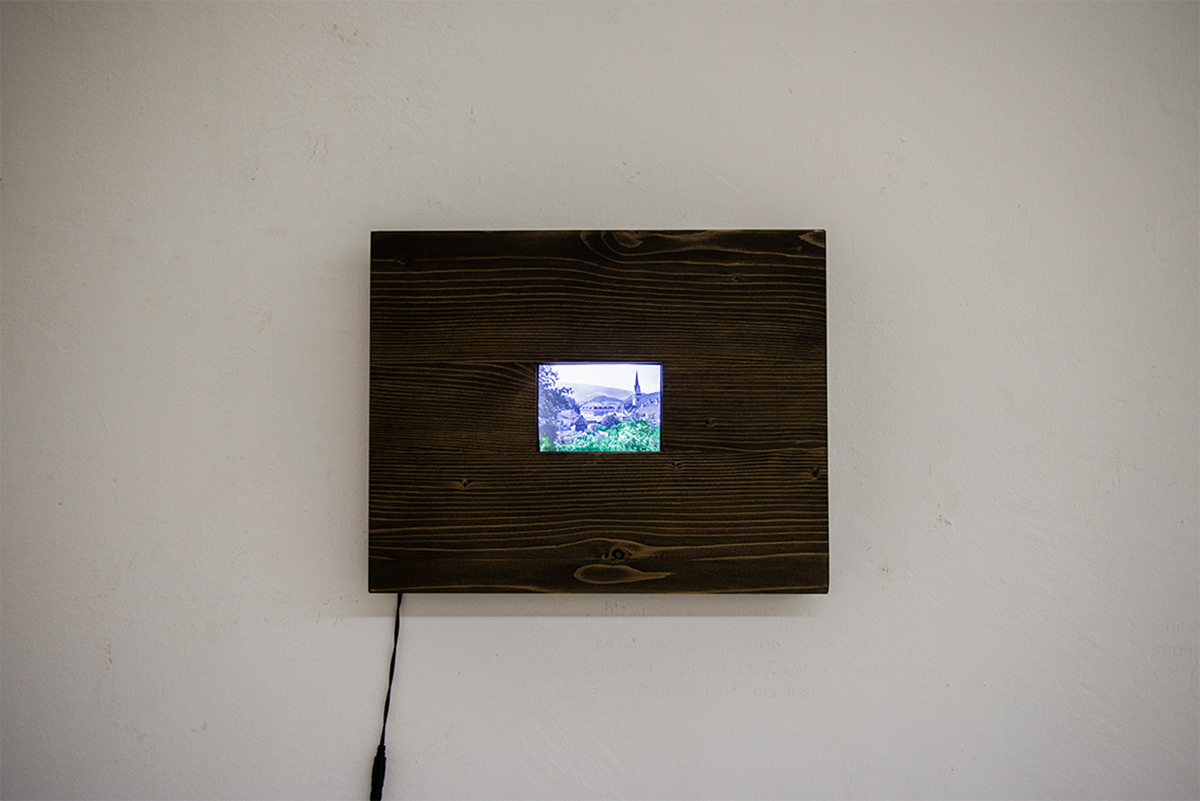
HERMANN MAHL – “AUTOCHROME”, EXHIBITION AT FOTO FORUM, BOLZANO/BOZEN (ITALY), Exhibition view: Claudia Corrent, foto forum
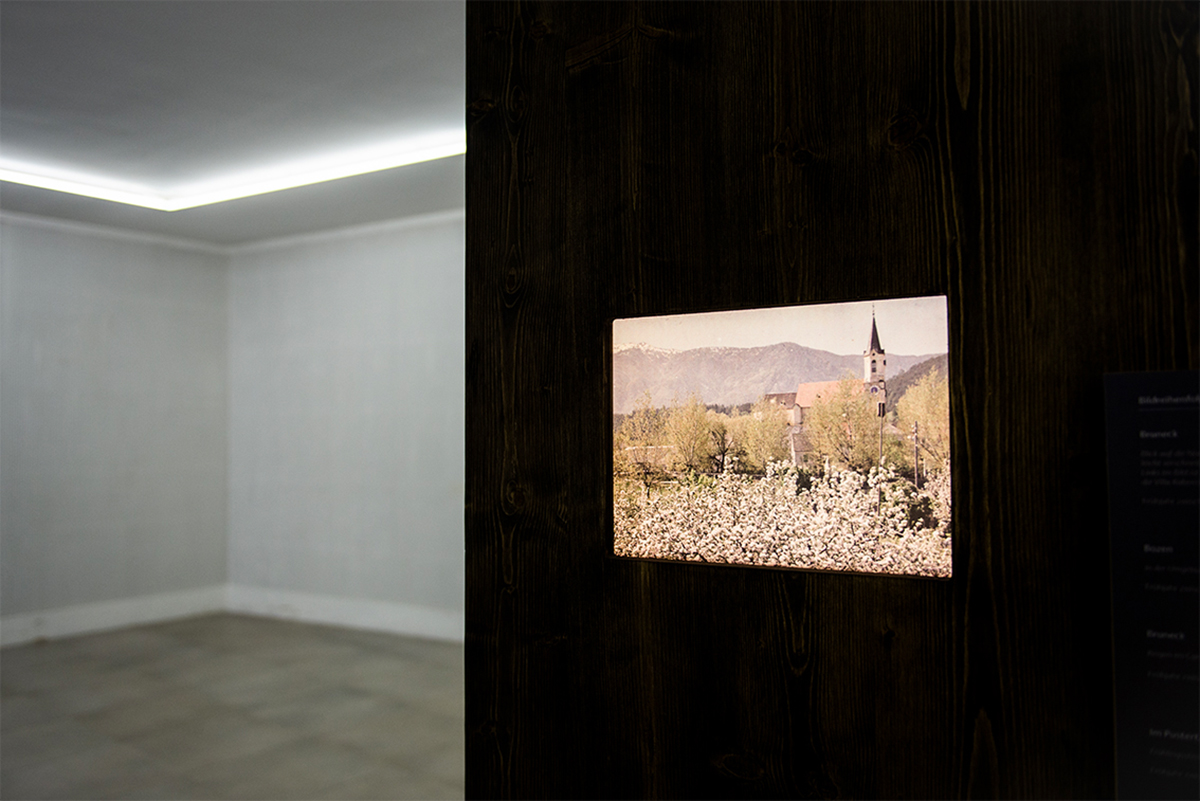
HERMANN MAHL – “AUTOCHROME”, EXHIBITION AT FOTO FORUM, BOLZANO/BOZEN (ITALY), Exhibition view: Claudia Corrent, foto forum
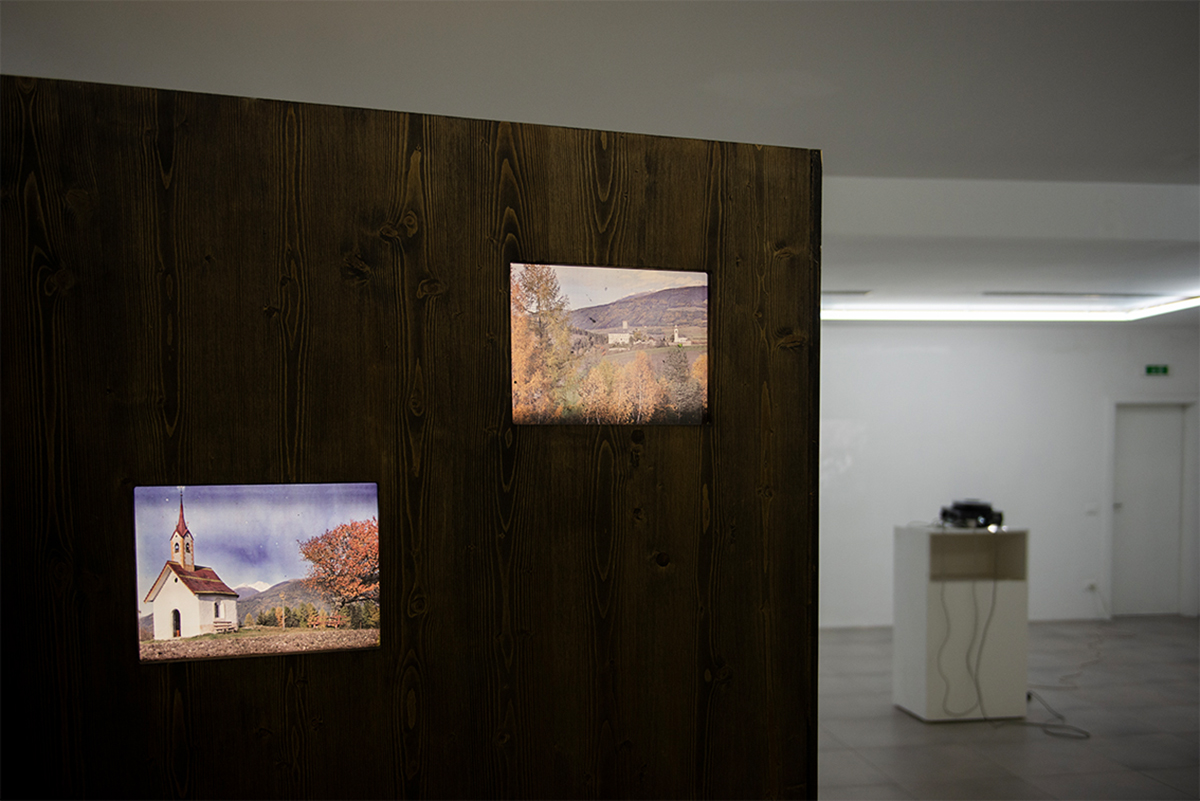
HERMANN MAHL – “AUTOCHROME”, EXHIBITION AT FOTO FORUM, BOLZANO/BOZEN (ITALY), Exhibition view: Claudia Corrent, foto forum
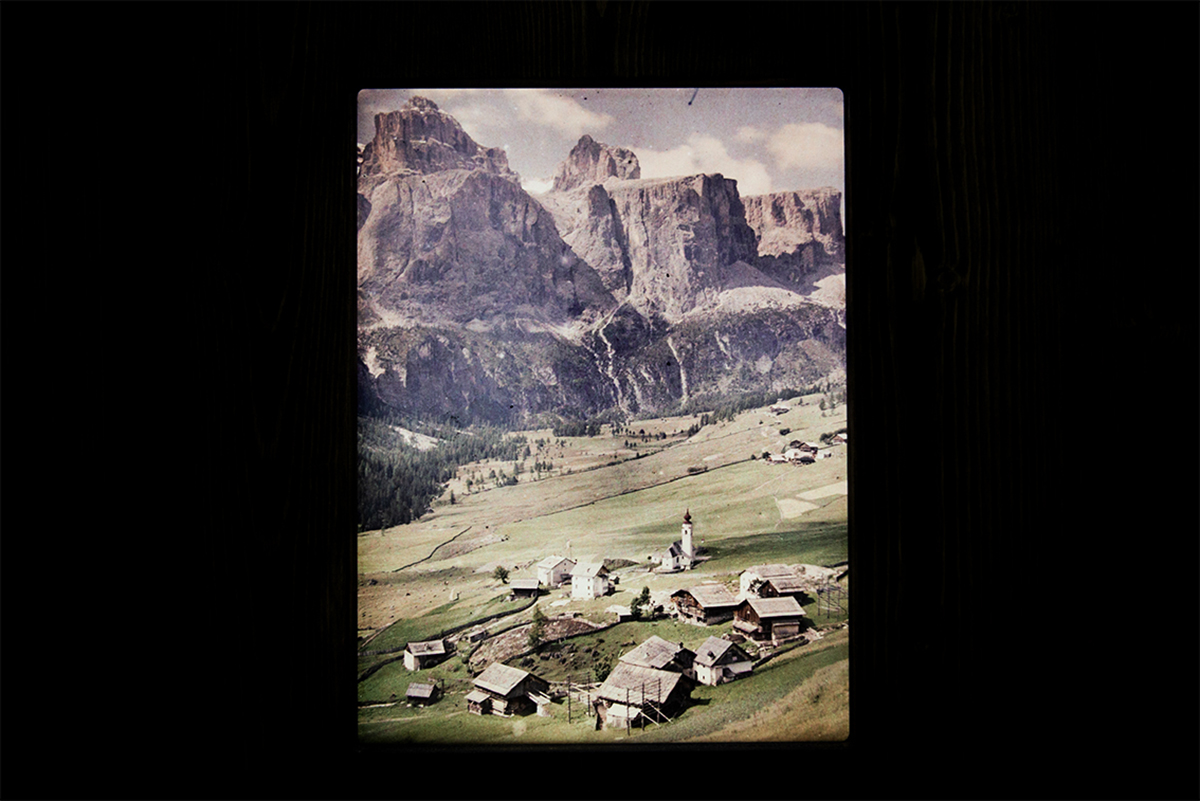
HERMANN MAHL – “AUTOCHROME”, EXHIBITION AT FOTO FORUM, BOLZANO/BOZEN (ITALY), Exhibition view: Claudia Corrent, foto forum
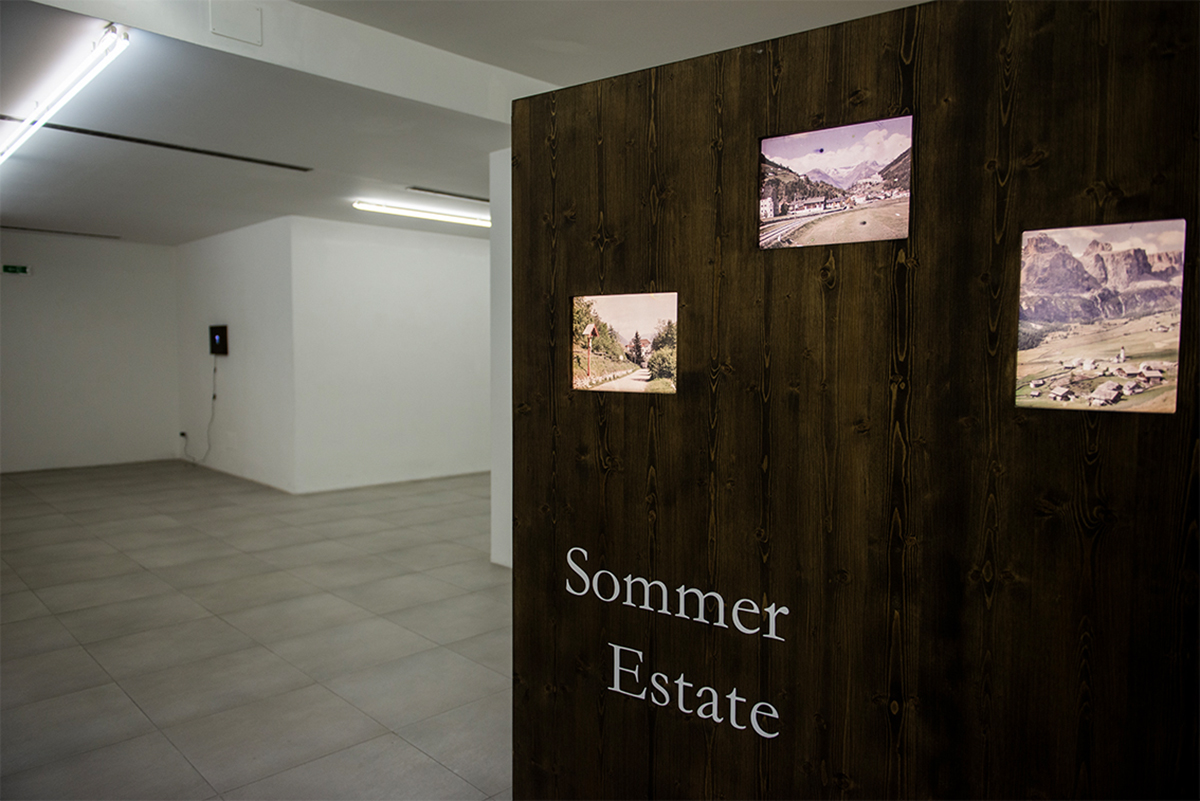
HERMANN MAHL – “AUTOCHROME”, EXHIBITION AT FOTO FORUM, BOLZANO/BOZEN (ITALY), Exhibition view: Claudia Corrent, foto forum

HERMANN MAHL – “AUTOCHROME”, EXHIBITION AT FOTO FORUM, BOLZANO/BOZEN (ITALY), Exhibition view: Claudia Corrent, foto forum

